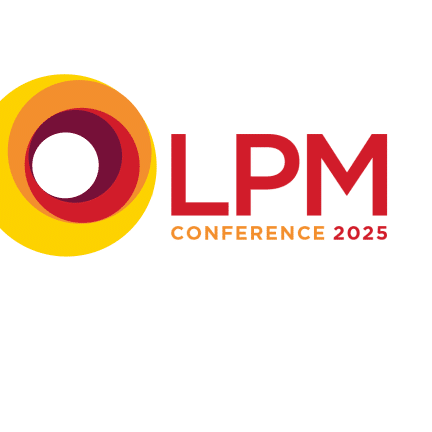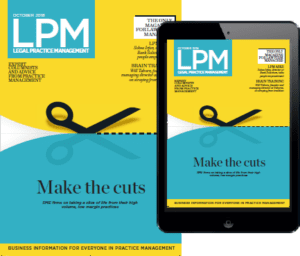When you’re applying for professional indemnity insurance (PII), or renewing your policy, the proposal form plays a key role in helping insurers to assess the risks associated with your practice.
For solicitors, the proposal form is more than a paperwork exercise. It’s an opportunity to give insurers clarity and detail about your business operations, claims history, and other relevant details. Getting it right can ensure you’re properly covered in the event of a claim, and help to keep your premiums to a minimum.
Below, our experts have compiled seven key tips to set you on your way:
1. Get your facts straight
Before you get to the form itself, first gather all the necessary information about your practice. This will include the size of your firm, turnover, and the types of work you handle. For example, the form may ask for details on the number of solicitors, trainees, and support staff in your firm.
By ensuring you have a clear understanding of your practice, you’ll put yourself in the best position to answer the questions clearly and accurately.
2. Start the process early
Most of the market renews their insurance during one of two renewal windows – in April and September. Insurers are inundated with submissions during this time, so it is wise to get in early. Submitting your form ahead of the four-week notice period will give your broker time to get the right cover, price, and alternative insurance options.
A prompt, accurate proposal form also demonstrates competent risk management. And it provides a safety buffer in the event that a key point has been overlooked.
3. Check for gaps in your coverage
The proposal form will typically ask about the different types of insurance coverage you already hold. Consider whether there have been any changes to your risk profile which may have created a gap in your coverage. For example, if your firm has recently expanded into a new area of law, or started to offer additional services, your existing policy might not cover you for this work.
Make sure your submission reflects the full range of activities in which you engage. This will help you to avoid the risk of underinsurance should a claim arise from a previously overlooked area.
4. Be transparent
PII gives you financial protection against the consequences of negligence or errors in your work. Therefore, transparency is key when it comes to the proposal form. Insurers will want to know about all the areas of law in which you practice, the clients you represent, and any recent changes.
Failure to disclose accurate information about your practice could invalidate your insurance, and leave you exposed in the event of a claim.
5. Detail is important
Each section of the proposal form is designed to assess different aspects of your risk profile, and skipping questions can leave insurers with incomplete information about your practice. It may seem tempting to skip over certain questions, but every question serves a purpose, and leaving anything blank can delay the underwriting process or result in a higher premium. Likewise, one-word answers are not going to be much help to insurers, and do not reflect well on your practice.
If you’re unsure about what’s required for a particular question, seek clarification from your insurance broker or the insurer. It is better to be proactive in asking questions upfront, than it is to risk inaccuracies that could impact your policy.
6. Consider your claims history
It goes without saying that your claims history is one of the most crucial sections of the proposal form. Being honest and detailed in your answers is key. If you’ve faced claims, you’ll need to give specific details. This may include the nature of the claim, its outcome, and current status.
Remember, insurers aren’t only interest in how many claims you’ve had. They’ll also be interested to know how you’ve handled those claims, and the measures you’ve taken to prevent them from reoccurring.
7. Review before sending!
You don’t want to be one that sends off your form, only to notice the error a second later. As with any important document, taking time to review your answers is key. Read through each question in detail to check your answers, the figures you’ve quoted, and the relevant contact details. Even small errors could set back the underwriting process.
Reach out to a professional if you’re still unsure. Your broker will be more than happy to guide you through the process and check your form is correct.
Want to get a quick quote? Reach out via our form(opens a new window), and a member of the team will be in touch.
For more information, visit our Solicitors(opens a new window) page.





















